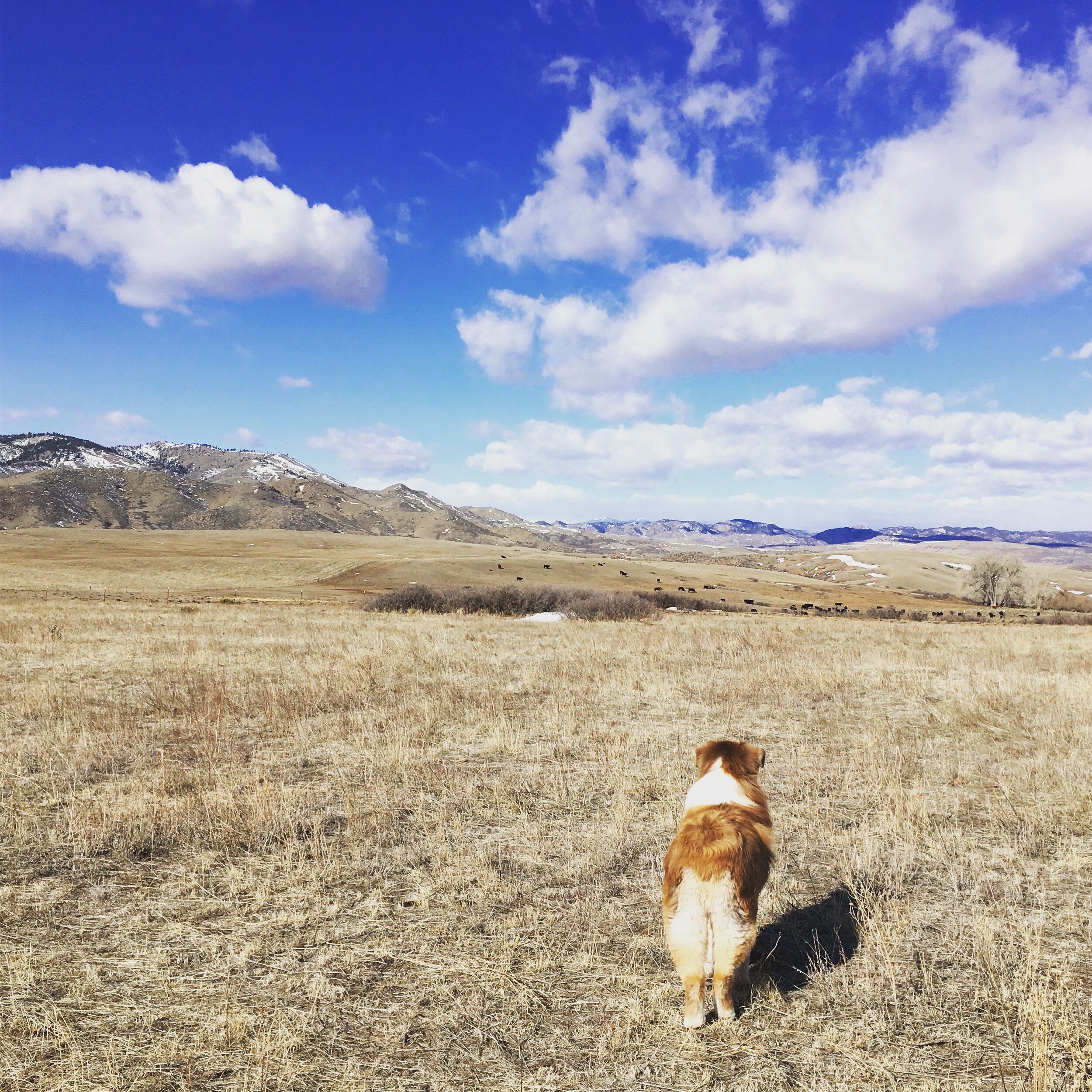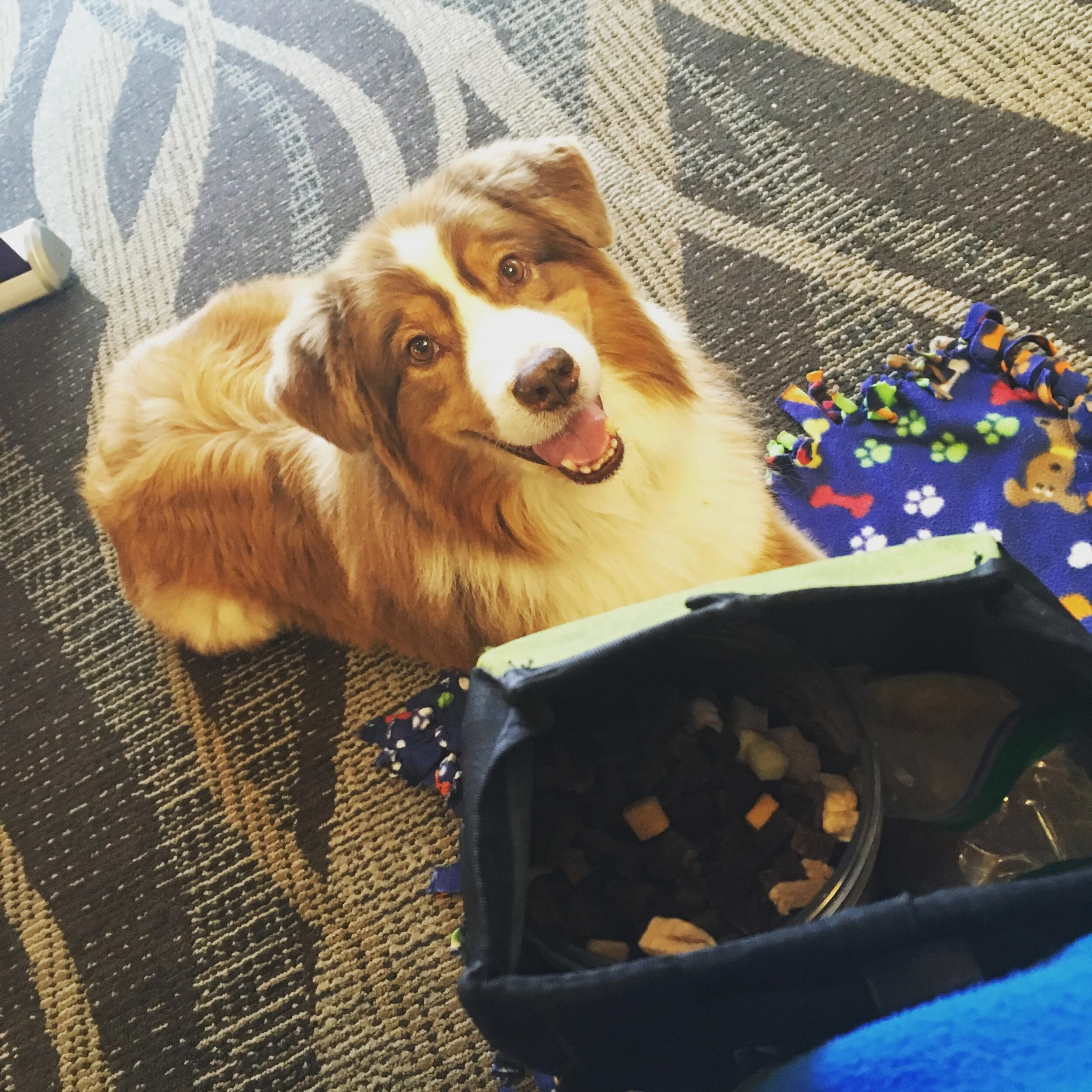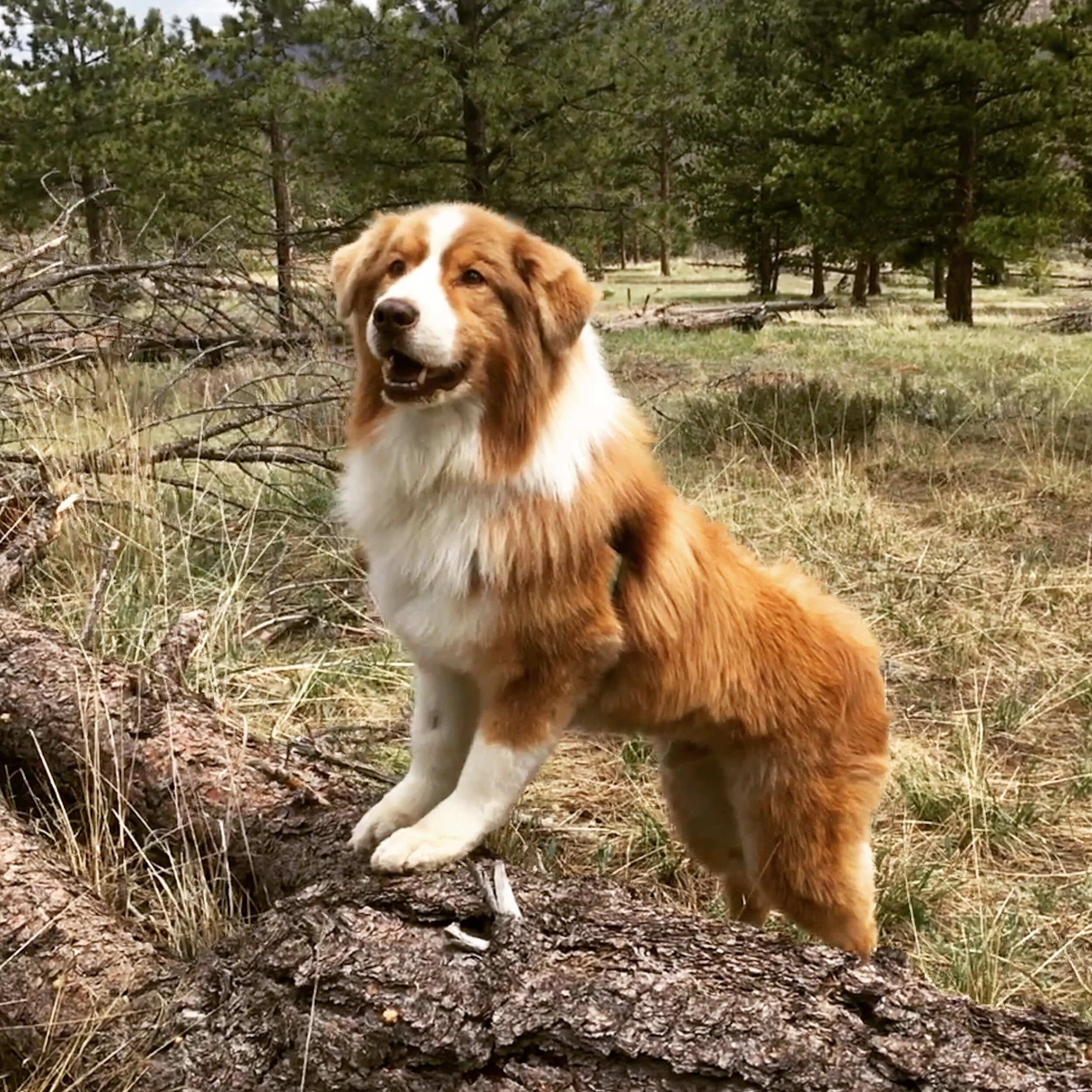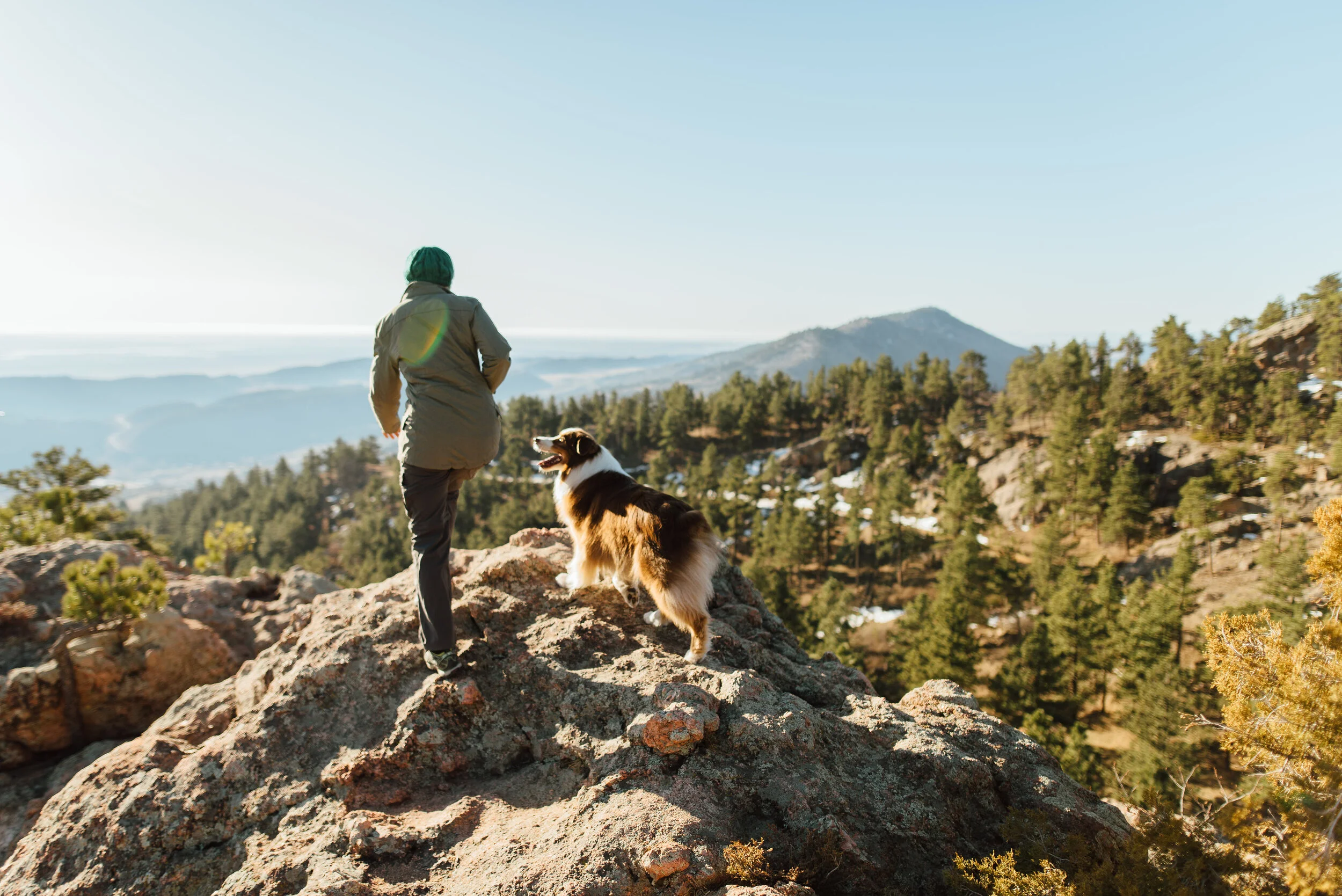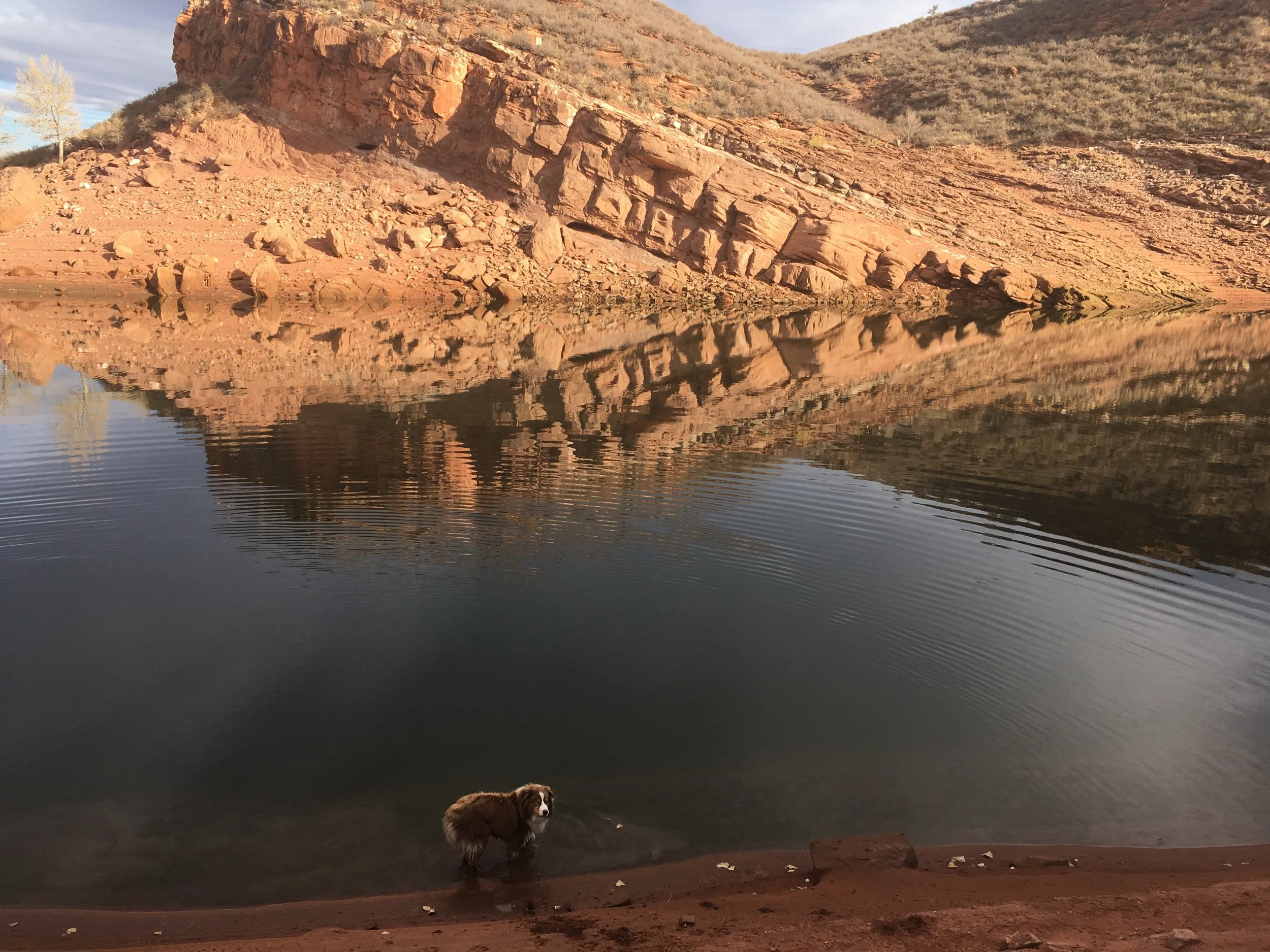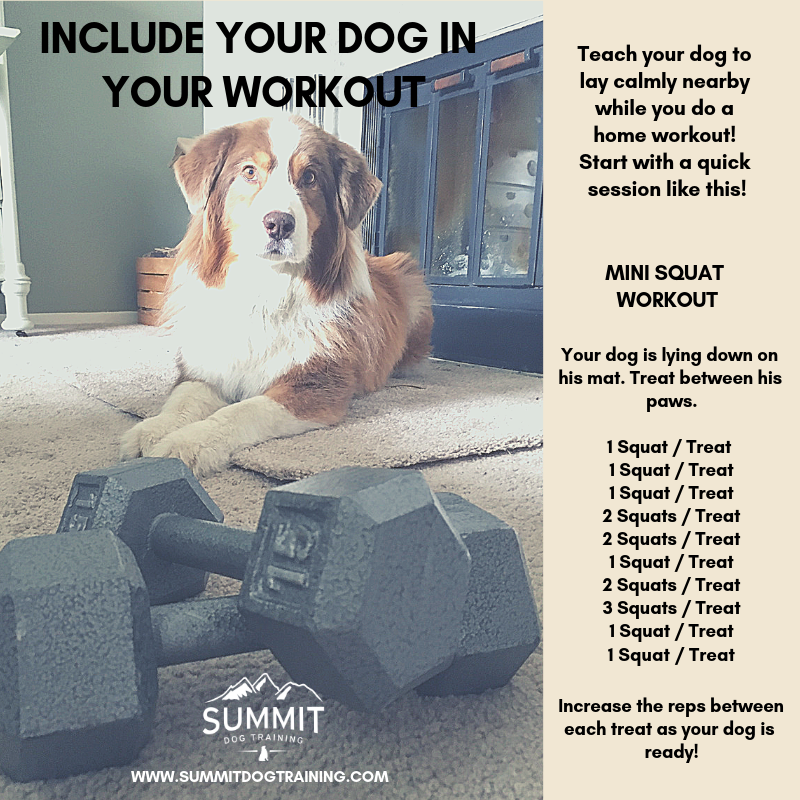Blog post by Amber Quann KPA-CTP, CPDT-KSA
I’ve written before about our favorite types of food-puzzle toys. Check out Puzzle Me, Please Part 1 and Part 2 for lists of our favorite store-bought food puzzles to keep your dogs’ brains happy and enriched!
But it’s a snow day here in Fort Collins (17-ish inches and still snowing!) and for those of you stuck inside with your dogs, here are a few options to add in some enrichment and entertainment into your day without having to make a trip to the store for more puzzles!
DIY Food Puzzles - Instead of feeding your dogs out of their bowls today, deliver all of their kibble through some sort of enrichment toy. If you don’t have any on hand, you can still come up with some creative challenges from what you have at home!
Cardboard boxes - drop the treats in and turn over or fold the lid closed. Let your dog brainstorm how to get inside!
Egg Cartons
Treat Scatter with a towel on top
Muffin Tins
Cookie Sheet with peanut butter smear (freeze for extra difficulty)
Nose Work Games! - Hide things for your dog to find! You can do this with food, toys, people or anything else that your dog will search for!
Hide & Seek - A variation on the nose work game, except that you are the one doing the hiding! Tell your dog to stay (or toss a handful of treats down on the ground for them to find if they don’t have a strong stay behavior yet). Run to the other room and duck behind an obstacle like a door, shower curtain, or piece of furniture. You can call your dog softly or wait for them to start looking for you (only if you did the treat toss instead of a Stay!). Be ready to party as soon as they find your hiding spot!
Teach a New Trick - Snow days are a great time to do some training, and teaching a new trick is always a fun way to get your dog’s brain and energy directed in a positive way. Pick something your dog hasn’t learned before, or pull out a rusty skill from the archives and brush up! You can use props you have in your house, like step stools, laundry baskets, chairs, balls, etc. and teach a variety of fun tricks using what you already have on hand!
Come up with a new game! - Make up something new that your dog loves to play. Charlie had a silly game he used to play with Roo called “Darts”. As long as your dog is enjoying the game (not all dogs will like things launched in their face like Roo did), keep playing!
Make up new games to play with your dog! Roo and Charlie had several fun games they played together. This one Charlie called "Darts" - Roo would sit or stand in a certain spot and then try to catch or hunt for the treats that Charlie launched his way.
Remember, when your dogs are stuck inside they have a lot of energy that needs to go somewhere! Help them direct their crazy energy in a positive direction and you’ll both have a much more pleasant snow day!
What is your favorite non-store-bought form of mental enrichment? Tell us in the comments below!


